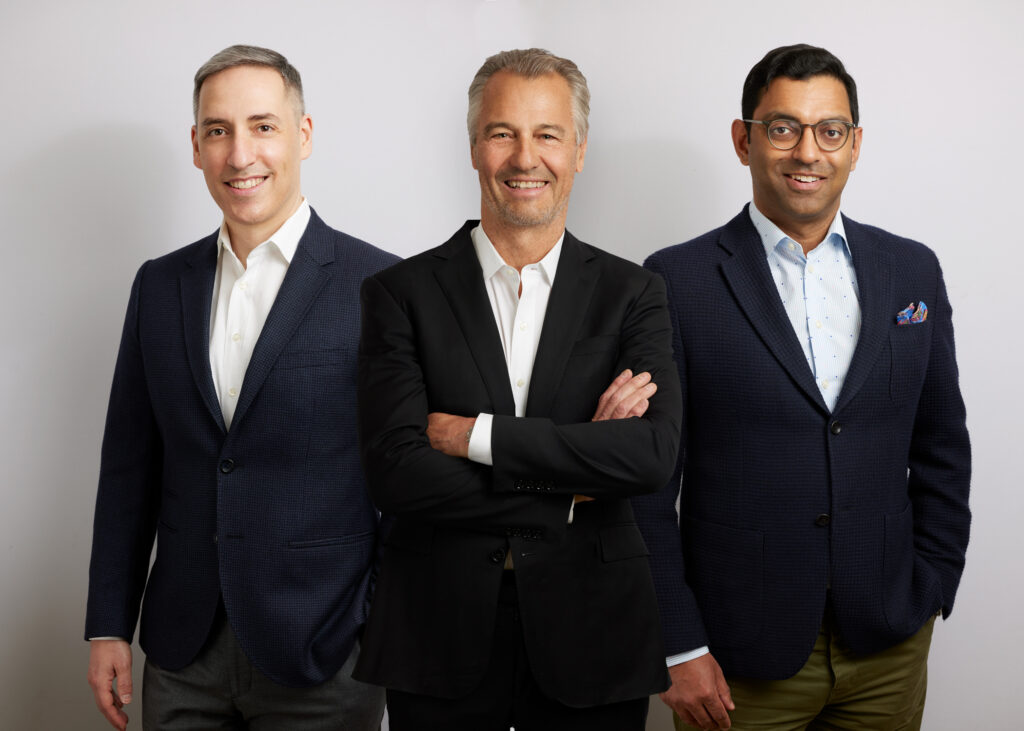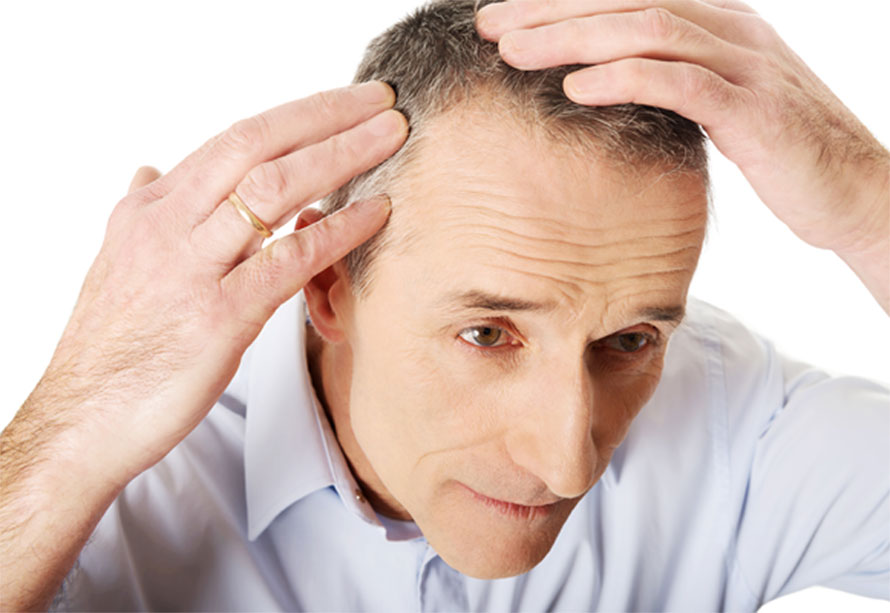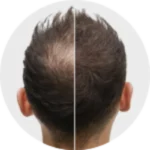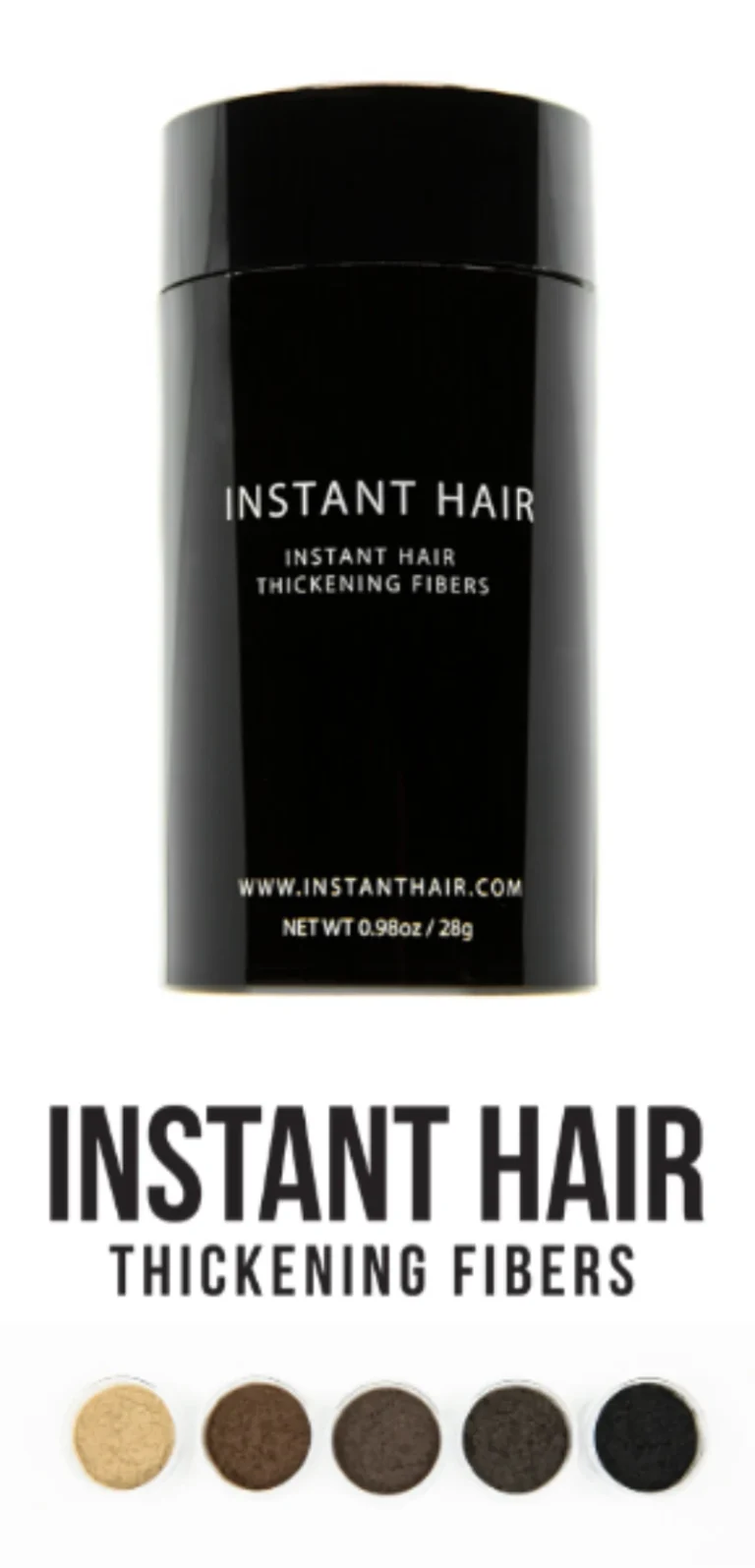Types of hair loss
Although the root cause of hereditary balding (also called male pattern balding) is the same, not all men will have the same type of balding. Because everyone has a unique biological makeup, the rate at which men lose hair varies, as does the type of balding pattern they suffer from. Below are the three main types of hair loss seen in men.
Thinning at the crown – This is a very common type of male pattern baldness and is quite self-explanatory. Men who have thinning at the crown often don’t notice their baldness pattern until it’s fairly advanced. This makes sense, since it’s out of sight and only becomes noticeable once it’s progressed considerably.
Receding hairline – Another common form of male pattern balding is a receding hairline. This is when the hair recedes at the temples and creates a V shape many men don’t find desirable. A receding hairline is usually considered to be more difficult to treat than thinning at the crown, although a lot of guys have had success with regrowing hair in this area.
Diffuse thinning – Diffuse thinning is a type of male pattern balding that isn’t focused on one specific part of the scalp. Instead, hair thins all over at a steady rate. That being said, the hair on the back and sides of the scalp remains unaffected in most cases, as this hair is genetically programmed to be permanent.
